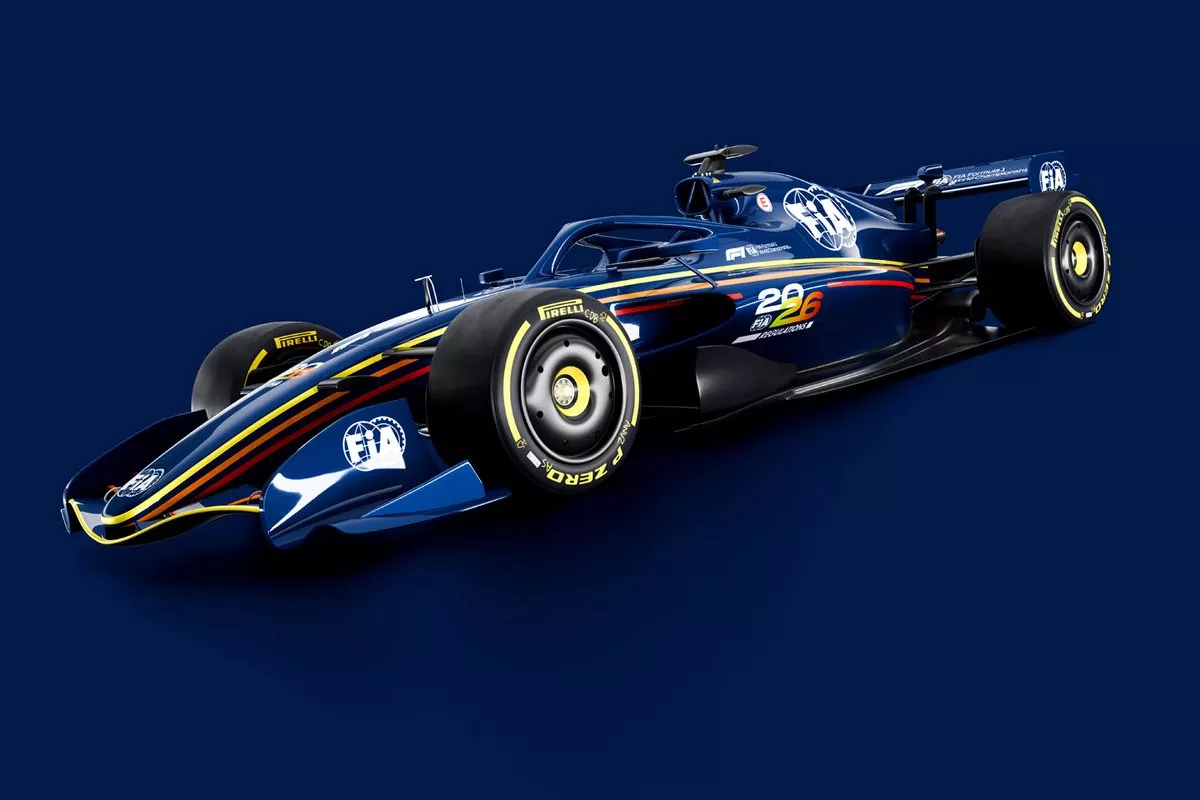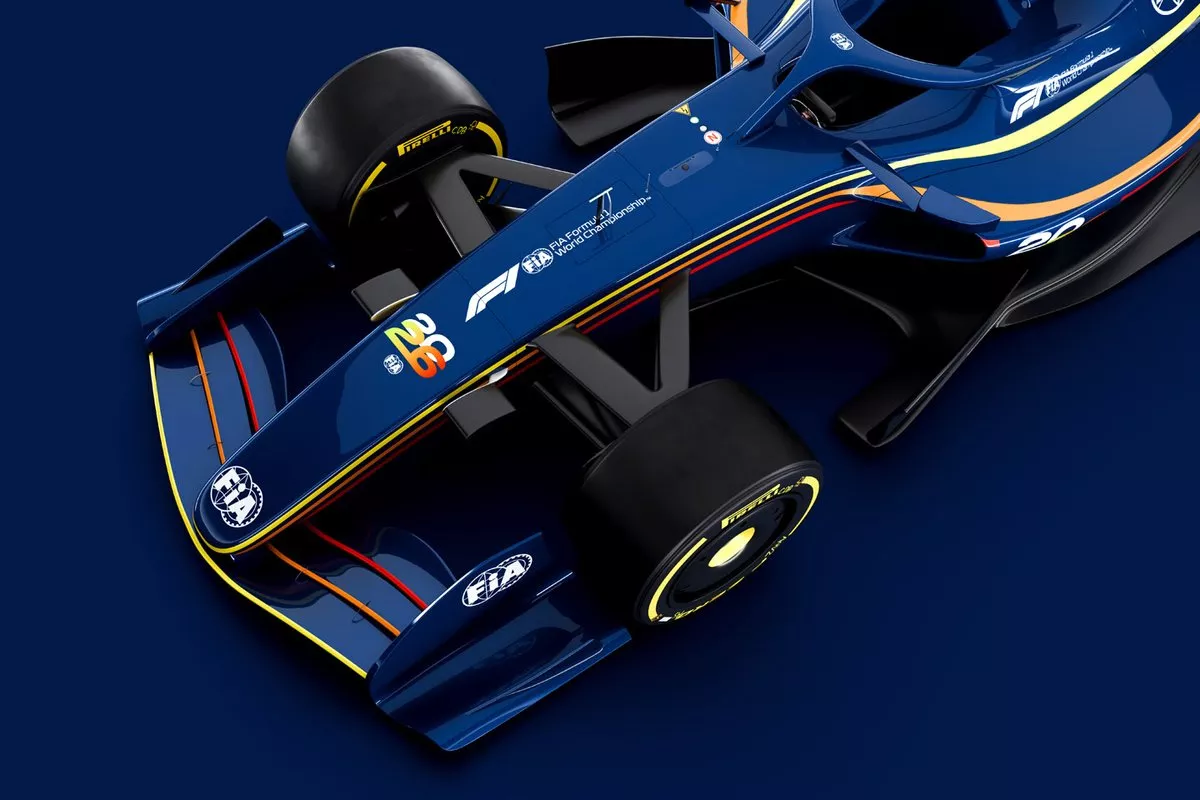FORMULA 1: THE NEW 2026 TECHNICAL REGULATIONS
- Redazione

- Jun 7, 2024
- 1 min read

What will the single-seaters of 2026 look like when the new technical regulations come into effect? What are the ten World Championship teams currently focusing on? The FIA has recently released a rendering of the project, providing an initial glimpse of the future of F1. It’s not just about the chassis: power units will also undergo significant changes, as has been announced multiple times.
The new cars will be 30 kg lighter than the current models, which weigh 768 kg, with a wheelbase that is 200 millimeters shorter and a width reduced by 100 millimeters. Ground effect will remain, but it will be reduced by 30%. The major innovation will be the ability for drivers to adjust the aerodynamics directly from the cockpit.
Activating Z mode will increase downforce, while X mode will reduce it. Aerodynamic drag will be halved compared to current levels. The car floors will be flatter, and the front wings will be narrowed by 100 millimeters. The wheels will remain 18 inches, but their size will decrease by 25 millimeters for the front and 30 millimeters for the rear.
The engines will be significantly more powerful, with an estimated increase of 300%, thanks to advanced electronic components. Additionally, the fuels used will be sustainable. The DRS will be abolished to promote overtaking: drivers in pursuit will receive an electric power boost beyond 290 km/h, while those in the lead will experience reduced electric power beyond this speed. This aspect will certainly require careful consideration.
© Cavalieri Garage & Co.










